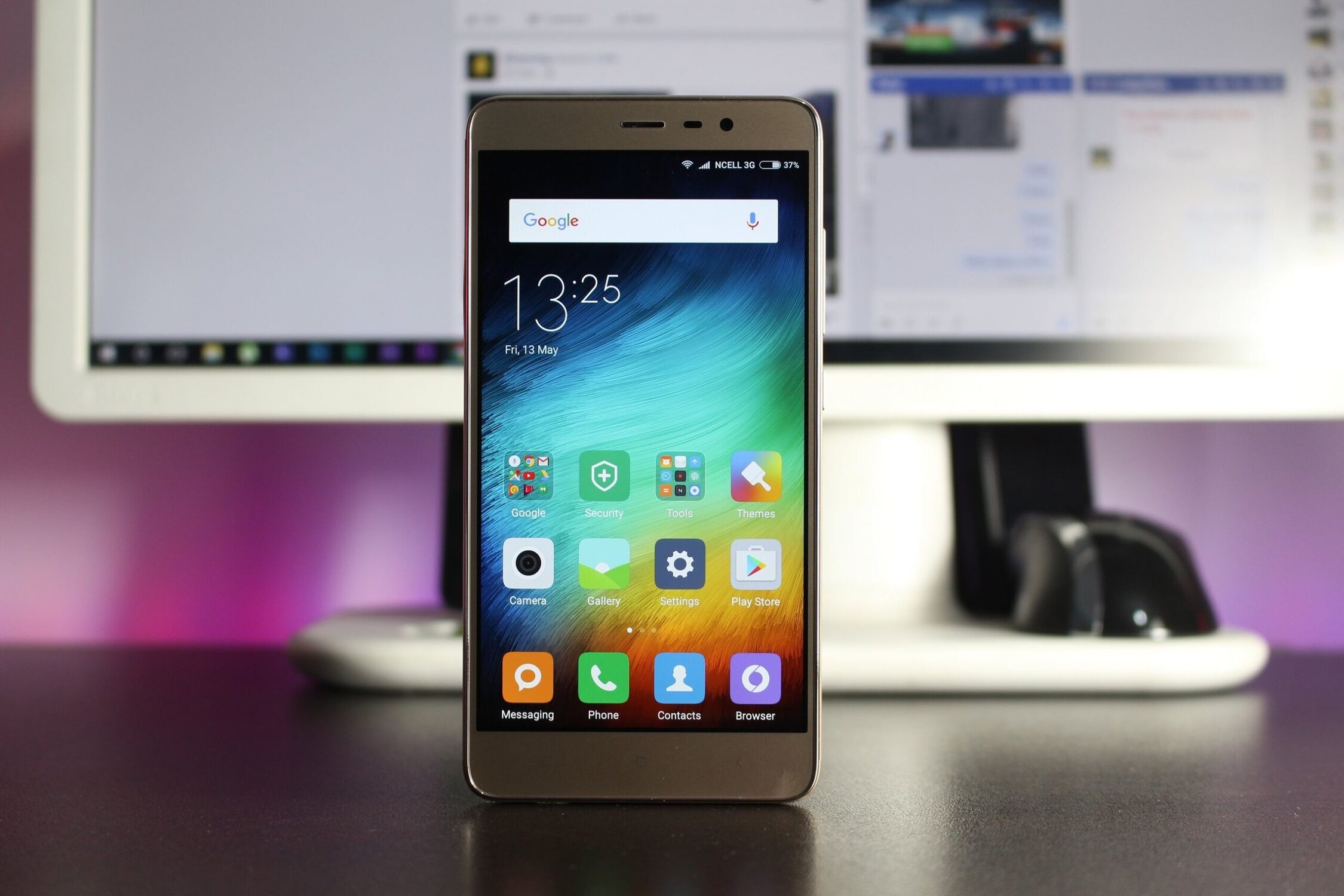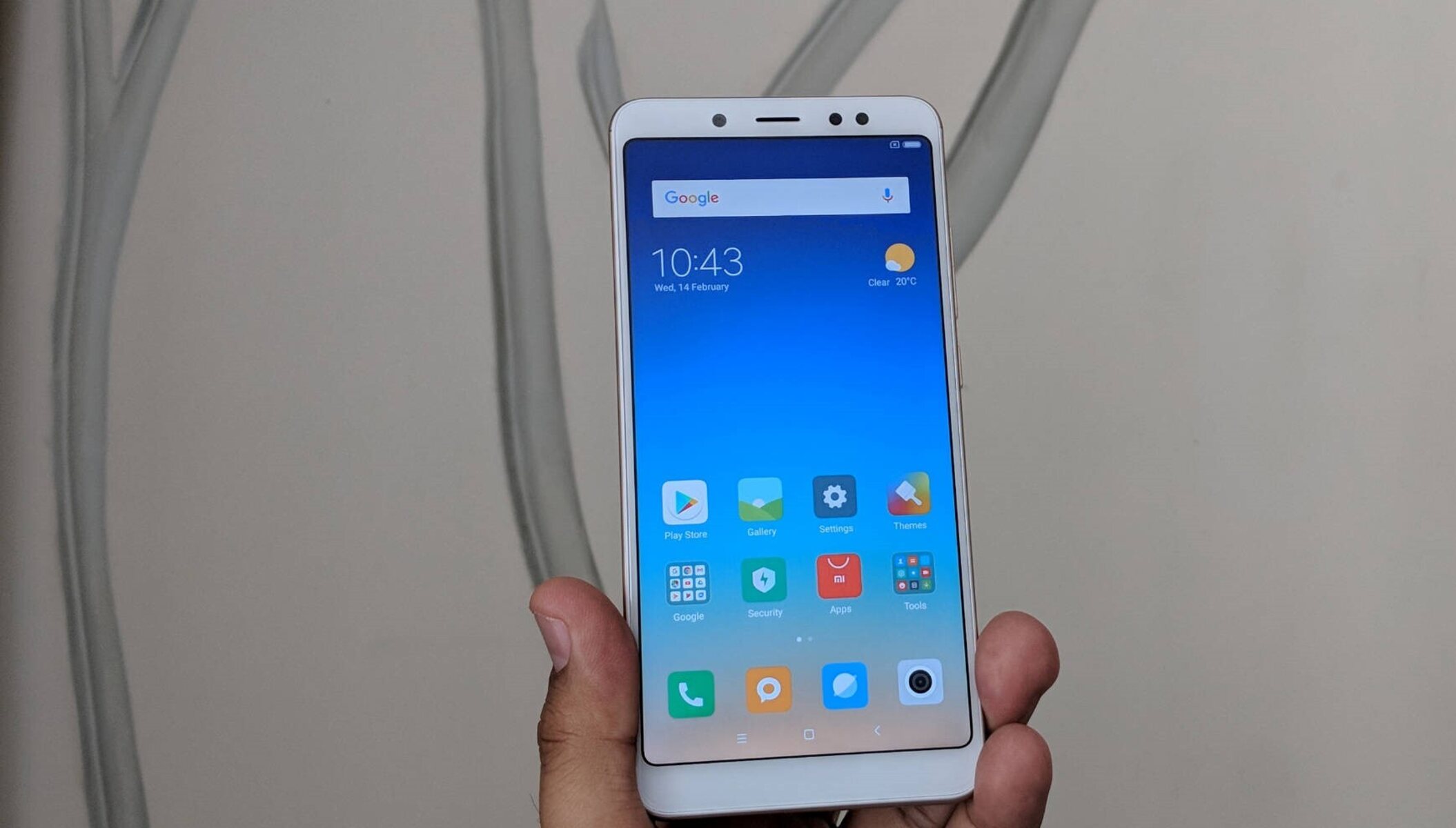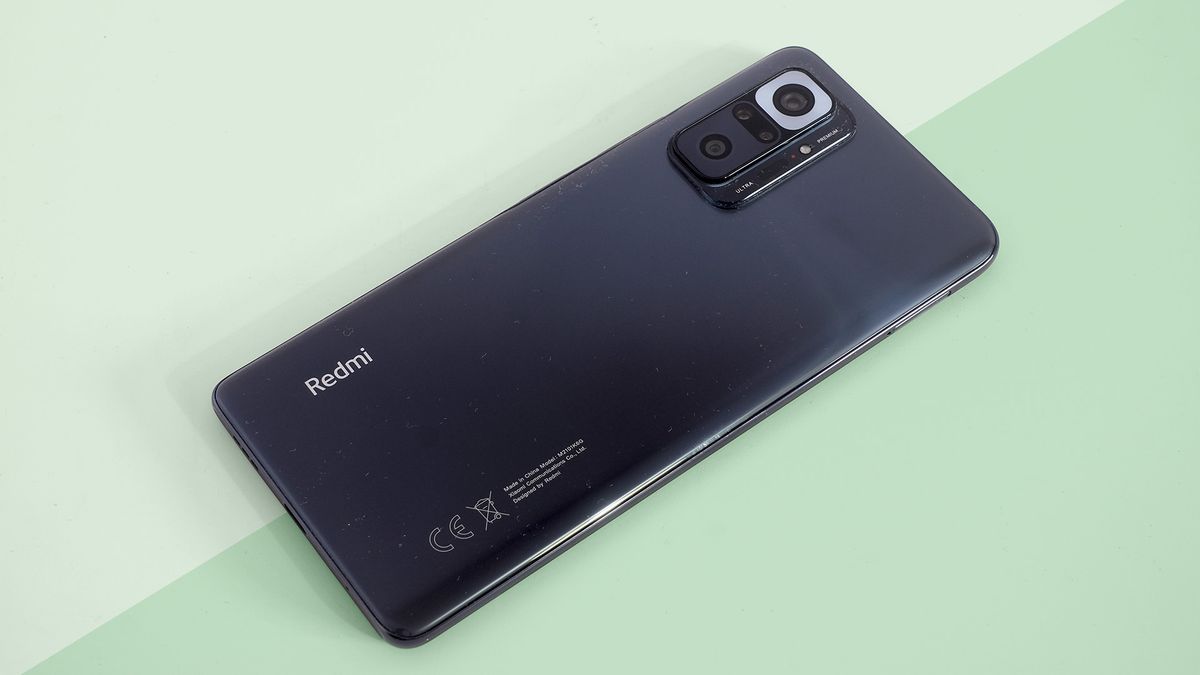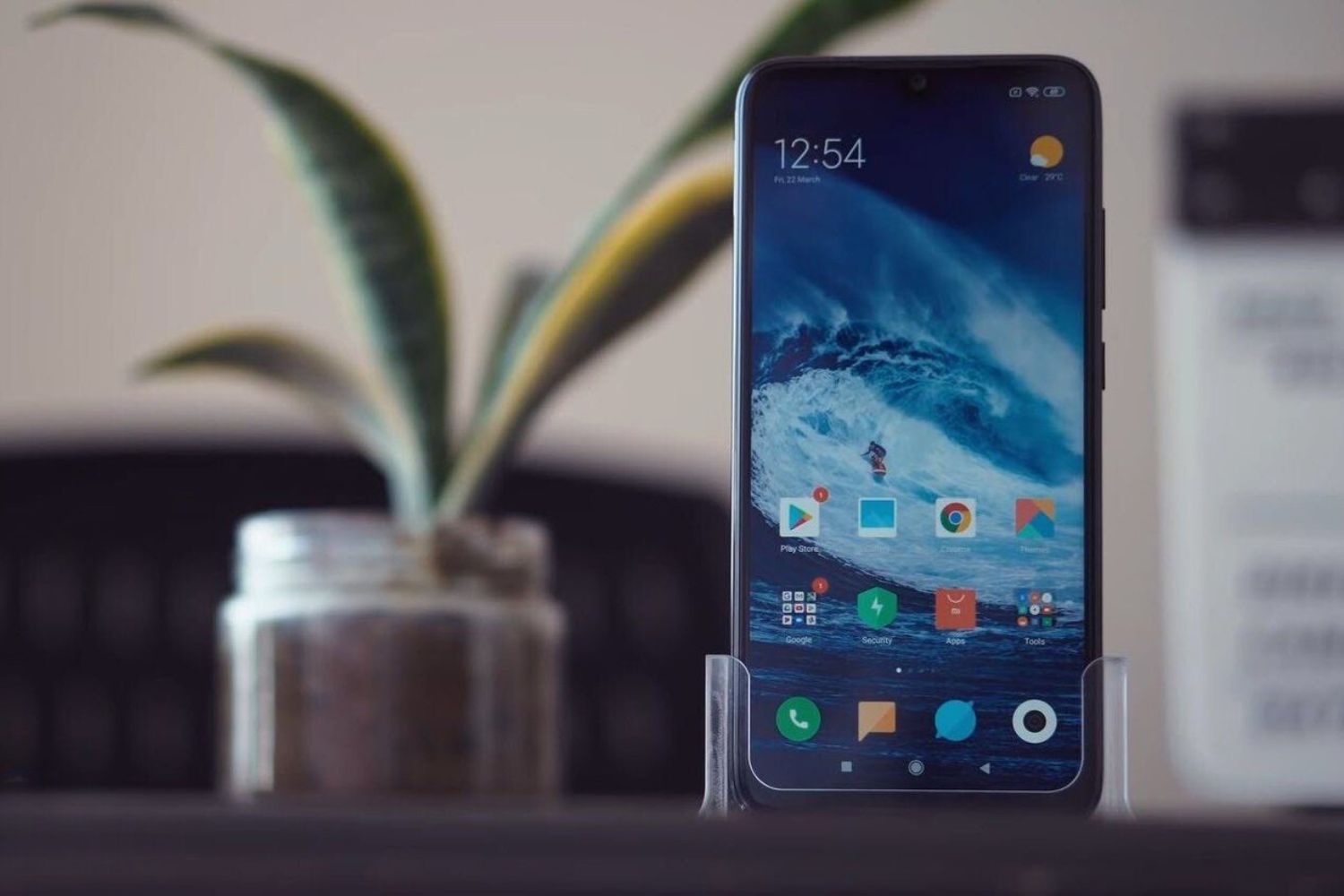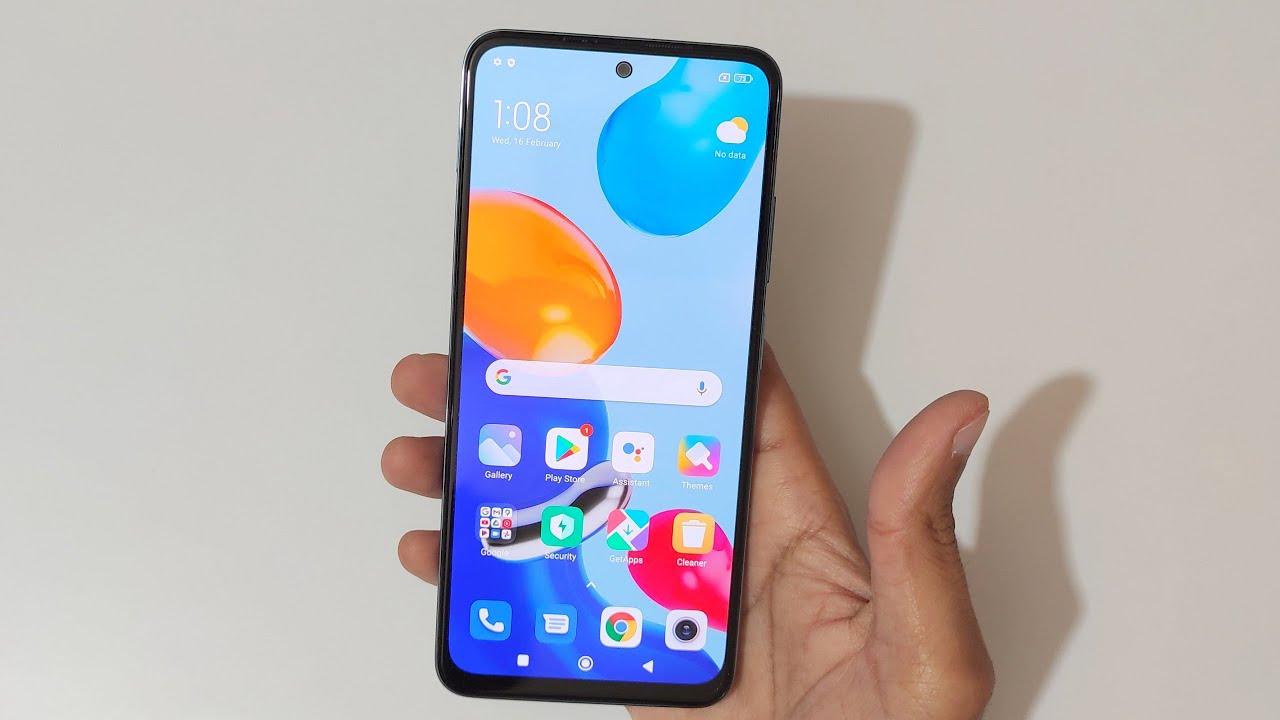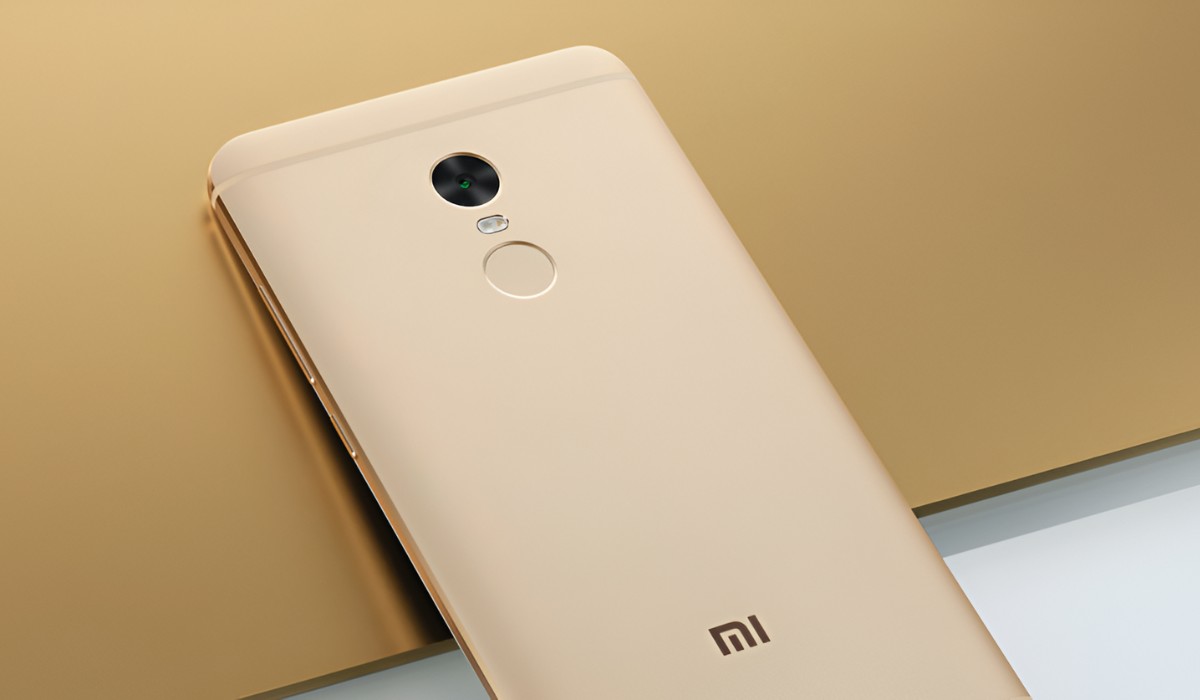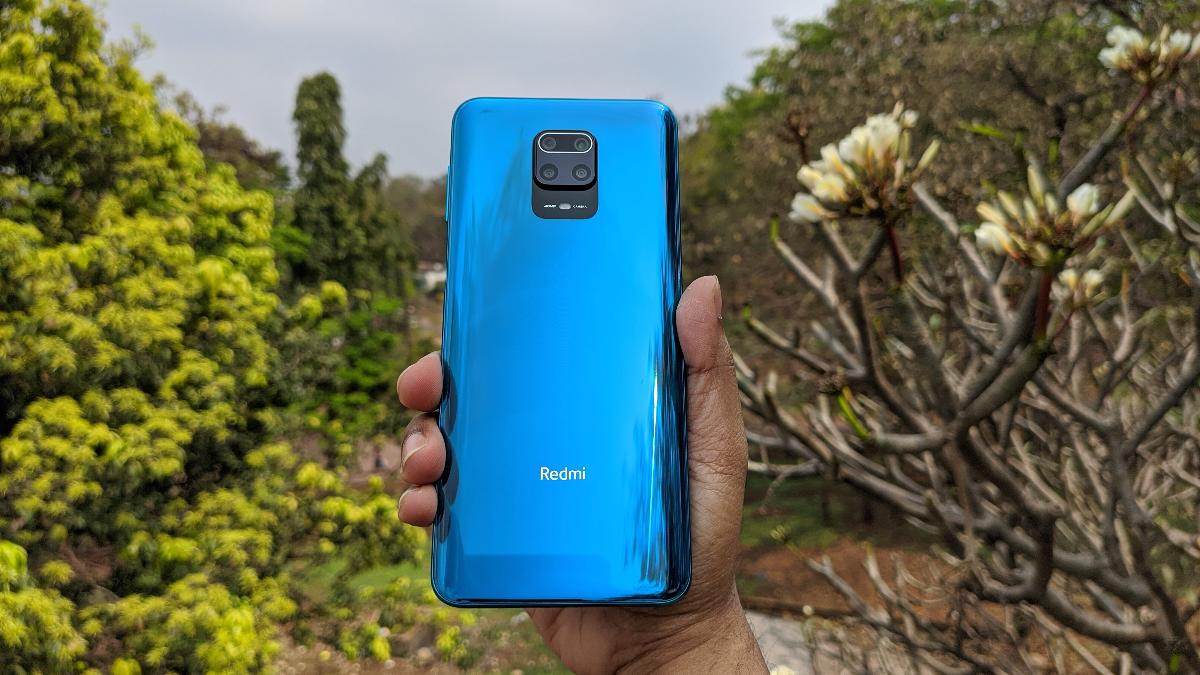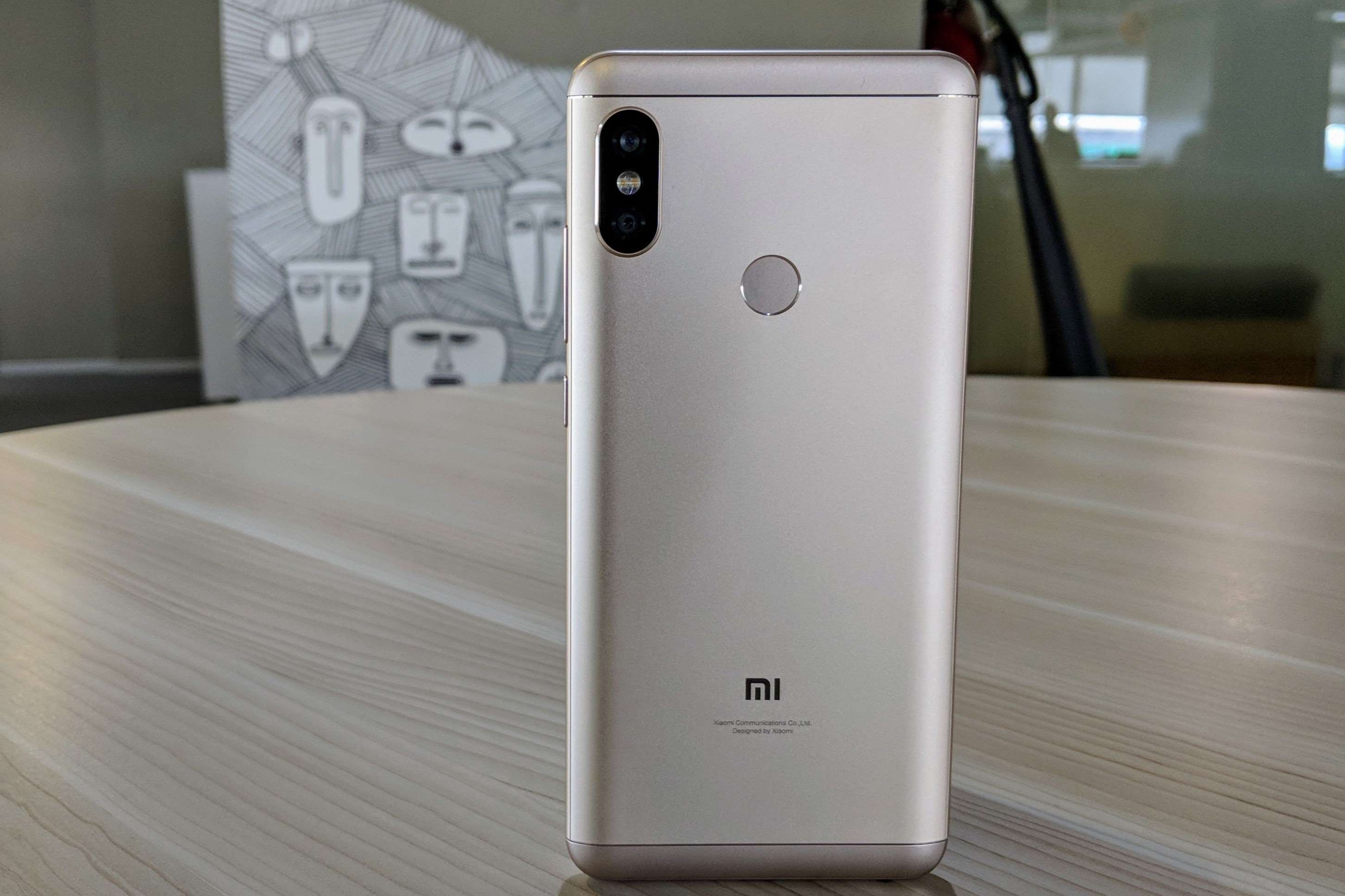Introduction
Are you experiencing storage issues on your Redmi Note 3? If so, you're not alone. Many users encounter the frustration of running out of storage space on their mobile devices, which can lead to sluggish performance and difficulty in installing new apps or capturing more photos and videos. However, there's no need to worry, as there are several effective strategies to address this common problem and optimize the storage capacity of your Redmi Note 3.
In this comprehensive guide, we will explore various methods to resolve storage issues and reclaim valuable space on your device. From clearing cache and uninstalling unused apps to utilizing external storage options and cloud services, we'll cover everything you need to know to free up space and enhance the performance of your Redmi Note 3. By implementing these strategies, you can ensure that your device operates smoothly and efficiently, without being hindered by storage limitations.
So, if you're ready to take control of your Redmi Note 3's storage and maximize its potential, let's dive into the following solutions that will help you overcome storage challenges and optimize the performance of your device.
Clearing Cache
One of the most effective ways to free up storage space on your Redmi Note 3 is by clearing the cache. Over time, apps accumulate temporary data in the form of cache, which can consume a significant amount of storage. By clearing the cache regularly, you can reclaim valuable space and improve the overall performance of your device.
To clear the cache on your Redmi Note 3, follow these simple steps:
-
Accessing the Settings: Start by navigating to the "Settings" menu on your device. You can typically find the Settings icon on the home screen or in the app drawer.
-
Selecting Storage: Within the Settings menu, locate and select the "Storage" option. This will provide you with an overview of your device's storage usage, including the amount of space occupied by cached data.
-
Clearing App Cache: Once in the Storage section, you will have the option to clear the cache for individual apps. Scroll through the list of installed apps and select the ones that are consuming a significant amount of cache. Tap on the app and look for the "Clear Cache" button. By doing so, you can remove the temporary files associated with the selected app, thereby freeing up storage space.
-
Utilizing System Cache: In addition to clearing app-specific cache, you can also clear the system cache to further optimize storage. To do this, navigate to the "Storage" menu and look for the option to clear the system cache. This process can vary slightly depending on the device's software version, so be sure to follow the specific instructions for your Redmi Note 3.
By regularly clearing the cache on your Redmi Note 3, you can effectively manage storage space and ensure that your device operates smoothly. This simple yet impactful maintenance task can make a noticeable difference in the available storage capacity, allowing you to enjoy a more responsive and efficient user experience.
In summary, clearing the cache is a fundamental practice for optimizing storage on your Redmi Note 3. By incorporating this routine maintenance task into your device management strategy, you can alleviate storage issues and maintain peak performance.
Uninstalling Unused Apps
Uninstalling unused apps is a straightforward yet impactful approach to reclaiming storage space on your Redmi Note 3. Over time, it's common for users to accumulate a multitude of apps, many of which may no longer serve a purpose or have fallen into disuse. These unused apps not only occupy valuable storage space but also contribute to clutter and potential performance issues on the device. By identifying and removing these unnecessary apps, you can free up significant storage capacity and streamline the functionality of your Redmi Note 3.
To begin the process of uninstalling unused apps, navigate to the "Settings" menu on your Redmi Note 3. From there, locate and select the "Apps" or "Applications" option, which will provide you with a comprehensive list of all installed apps on your device. Take some time to review this list and identify apps that you no longer use or require for your daily activities.
Once you've identified the unused apps, proceed to uninstall them by selecting each app individually and choosing the "Uninstall" option. It's important to exercise caution and ensure that you are only removing apps that you genuinely no longer need, as some apps may be integral to the device's functionality or contain important data.
By uninstalling unused apps, you can not only free up storage space but also declutter your device's interface, making it easier to navigate and locate essential apps. Additionally, removing unnecessary apps can contribute to improved system performance, as it reduces the strain on the device's resources and minimizes background processes associated with unused apps.
In summary, the process of uninstalling unused apps is a practical and effective method for optimizing the storage capacity of your Redmi Note 3. By regularly evaluating and removing apps that no longer serve a purpose, you can ensure that your device operates at its best, with ample storage space for new apps, media, and other essential data.
Moving Files to External Storage
As the storage capacity of mobile devices becomes increasingly crucial in accommodating a growing volume of data, the option to move files to external storage presents a practical solution for Redmi Note 3 users encountering storage constraints. By leveraging the device's external storage capabilities, such as microSD cards, users can effectively offload various types of files, including photos, videos, documents, and media, thereby freeing up internal storage space and optimizing the device's performance.
To initiate the process of moving files to external storage on your Redmi Note 3, begin by inserting a compatible microSD card into the designated slot on the device. Once the microSD card is successfully inserted, navigate to the "File Manager" app or the default file management tool on your device. From there, you can access and manage the files stored on both the internal storage and the newly inserted microSD card.
Next, identify the types of files that are consuming a significant portion of your device's internal storage. This may include large media files, such as high-resolution photos and videos, as well as documents and downloads. Once you've identified the target files, select them using the file management interface and choose the option to move or transfer the files to the microSD card.
By relocating files to the external storage, you can effectively alleviate the burden on your device's internal storage, creating more room for new apps, system updates, and other essential data. Additionally, this approach can contribute to a more organized and streamlined storage structure, as files are distributed across both internal and external storage, optimizing accessibility and management.
It's important to note that moving files to external storage does not compromise the accessibility or usability of the files. Once transferred, the files remain accessible through the device's file management interface and can be utilized in the same manner as if they were stored internally. This seamless integration of internal and external storage ensures a cohesive user experience while maximizing the device's storage capacity.
In summary, the option to move files to external storage presents a practical and effective strategy for Redmi Note 3 users seeking to optimize their device's storage capacity. By leveraging the capabilities of external storage, users can free up internal space, organize their files, and ensure that their device operates at its best, without being hindered by storage limitations.
Using Cloud Storage
In the era of digital connectivity and data-driven lifestyles, the utilization of cloud storage has emerged as a transformative solution for managing and safeguarding data across various devices, including the Redmi Note 3. Cloud storage offers users the ability to store, access, and synchronize their files and media through remote servers, providing a seamless and versatile approach to managing data while alleviating storage constraints on the device itself.
The integration of cloud storage services with the Redmi Note 3 empowers users to transcend the limitations of physical storage capacity, enabling them to store a diverse range of files, including photos, videos, documents, and app data, in secure and accessible cloud-based repositories. By leveraging cloud storage solutions such as Google Drive, Dropbox, or OneDrive, users can seamlessly upload and synchronize their data, ensuring that it remains accessible across multiple devices and platforms.
To initiate the utilization of cloud storage on the Redmi Note 3, users can begin by installing the respective cloud storage app from the Google Play Store. Once installed, the app provides a user-friendly interface for uploading, organizing, and managing files within the cloud environment. Users can selectively upload files from their device's internal storage to the cloud, thereby freeing up valuable space and ensuring that their data remains securely backed up and accessible from any internet-connected device.
Furthermore, the integration of cloud storage with the Redmi Note 3 facilitates effortless synchronization of data, allowing users to access and manage their files across multiple devices seamlessly. This synchronization capability ensures that important documents, media, and app data are readily available, regardless of the device being used, thereby enhancing accessibility and flexibility in managing data.
In addition to expanding storage capacity and facilitating data accessibility, cloud storage solutions offer robust security measures to safeguard user data. With features such as encryption, multi-factor authentication, and remote data wiping, cloud storage services provide users with peace of mind regarding the protection and privacy of their stored data.
By embracing cloud storage as a complementary storage solution for the Redmi Note 3, users can effectively mitigate storage limitations, streamline data management, and ensure the seamless accessibility and security of their valuable files and media. The integration of cloud storage services with the device empowers users to transcend traditional storage constraints, fostering a more flexible and resilient approach to managing data in the digital age.
Factory Reset
When all other methods have been exhausted and storage issues persist on your Redmi Note 3, performing a factory reset can serve as a comprehensive solution to reclaiming storage space and optimizing the device's performance. A factory reset effectively restores the device to its original state, erasing all user data, installed apps, and customized settings. While this process may seem drastic, it can be instrumental in resolving persistent storage issues and restoring the device to peak functionality.
To initiate a factory reset on your Redmi Note 3, it is crucial to first back up any essential data, such as photos, videos, documents, and app data, to an external storage device or cloud service. Once the backup process is complete, navigate to the "Settings" menu on your device and locate the "Additional Settings" option. Within the Additional Settings menu, select "Backup & reset," which will provide you with the option to perform a factory reset.
Before proceeding with the factory reset, it is essential to understand that this process will erase all data on the device, including installed apps, user settings, and personal files. Once you have confirmed your understanding of the implications of a factory reset, proceed with the process, following the on-screen prompts to initiate the reset. The device will undergo a comprehensive reset procedure, erasing all user data and restoring the device to its original state.
Following the completion of the factory reset, your Redmi Note 3 will be devoid of any user-installed apps, personal files, and customized settings. While this may initially appear as a significant inconvenience, it presents an opportunity to start afresh and reconfigure the device with a focus on optimizing storage and performance. Users can selectively reinstall essential apps, transfer backed-up data from external storage or cloud services, and establish a more streamlined and organized storage structure.
It is important to note that a factory reset should be approached with careful consideration, as it represents a drastic measure to address persistent storage issues. Additionally, it is advisable to exhaust alternative methods of storage optimization before resorting to a factory reset, as this process entails a complete erasure of user data and settings.
In summary, a factory reset serves as a comprehensive solution for addressing persistent storage issues on the Redmi Note 3. By understanding the implications of this process and taking the necessary precautions to back up essential data, users can leverage the factory reset as a strategic approach to reclaiming storage space and restoring the device to optimal performance.







